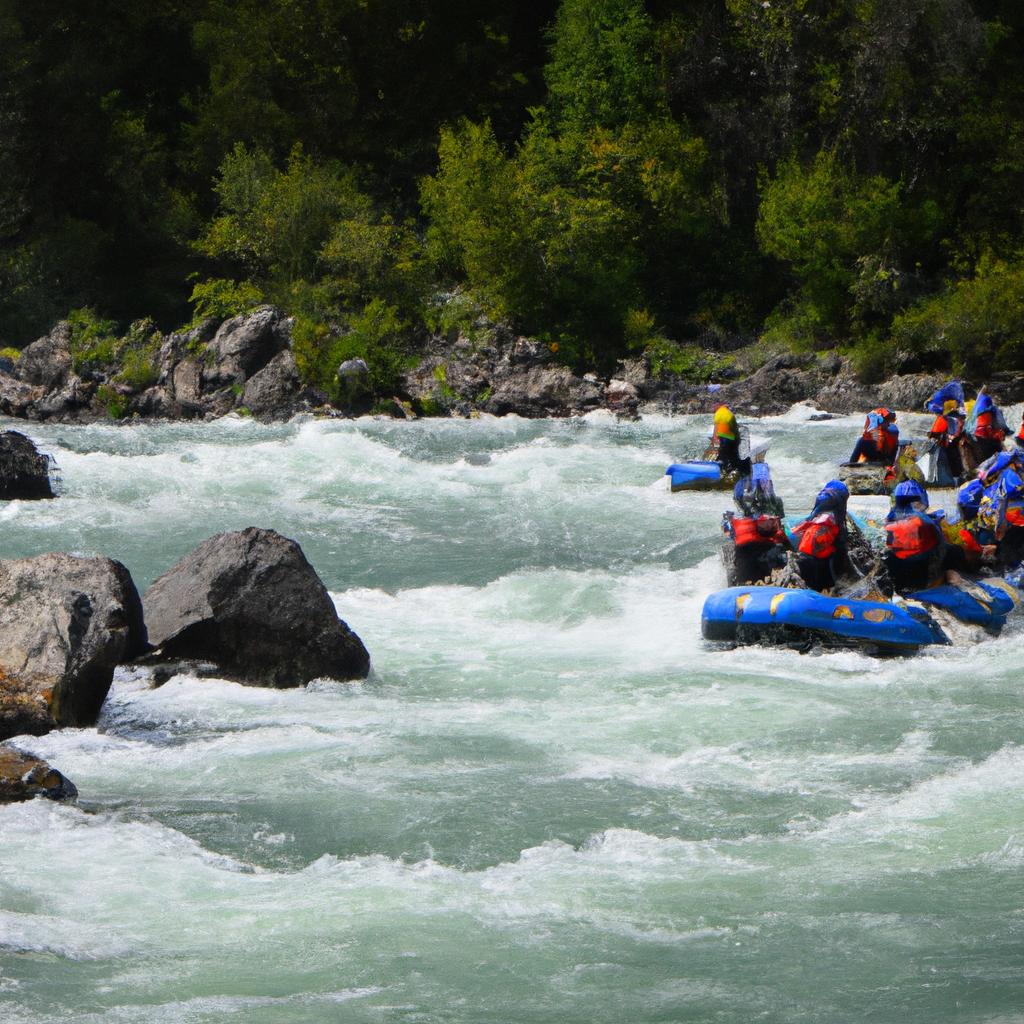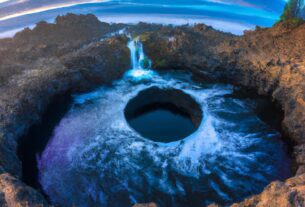Are you in search of an adrenaline-packed adventure that seamlessly blends the excitement of extreme sports with the breathtaking beauty of nature? Look no further than white water rafting! This captivating activity involves navigating through rapids and currents in a river using an inflatable raft. In this article, we will delve into the history of white water rafting, explore the benefits of this exhilarating activity, and understand why it has become a prime choice for adventure seekers worldwide.
White water rafting has a rich history that can be traced back to the mid-1800s when inflatable rafts were first introduced. However, it wasn’t until the 1970s that it gained popularity as a recreational activity. Today, people of all ages and skill levels, from beginners to experienced rafters, can enjoy the thrill of white water rafting.
So, what makes white water rafting such a beloved activity? Firstly, it offers a unique and thrilling way to immerse yourself in the beauty of nature. As you navigate the rapids, you’ll find yourself surrounded by stunning landscapes and awe-inspiring scenery. Moreover, white water rafting is a fantastic opportunity to challenge yourself physically and mentally while fostering stronger connections with friends and family.
The benefits of white water rafting extend beyond these initial attractions. Engaging in this activity provides an excellent workout and contributes to overall health improvement. From paddling through the rapids to pulling yourself back into the boat after a fall, rafting demands substantial physical exertion. Consequently, it can lead to enhanced cardiovascular health, increased strength and endurance, and even aid in weight loss.
If you’re seeking an adventure that combines the wonders of nature with the thrills of extreme sports, white water rafting is the perfect activity for you! Join us as we dive into the world of this enthralling sport.
Types of Rivers and Rapids
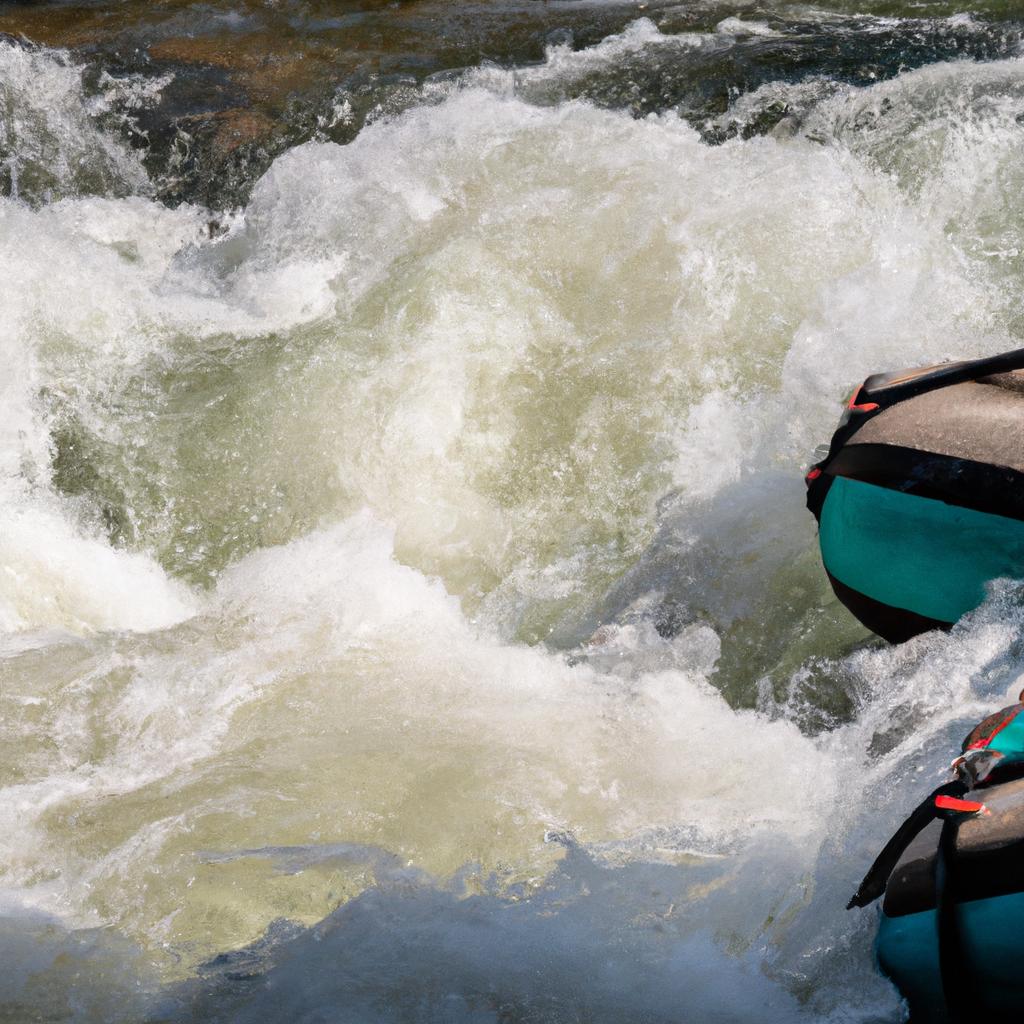
Classification System for Rivers and Rapids
Before embarking on a white water rafting adventure, it’s crucial to understand the classification system associated with rivers and rapids. This system ranges from Class I to Class VI, with each class representing a different level of difficulty and danger.
- Class I: Easiest rapids, featuring gentle currents and few obstructions. Perfect for beginners or those seeking a more relaxed rafting experience.
- Class II: Slightly more challenging rapids with moderate currents and occasional obstructions. A good choice for individuals with some experience seeking a mild adventure.
- Class III: More difficult rapids with strong currents, significant drops, and numerous obstacles. Ideal for intermediate rafters seeking a greater challenge.
- Class IV: Very difficult rapids that require advanced rafting skills. They have strong currents, steep drops, and numerous obstacles. Recommended for experienced rafters only.
- Class V: Extremely difficult and dangerous rapids, characterized by long and violent stretches, drops, and obstacles. Reserved for expert rafters and not suitable for beginners or intermediates.
- Class VI: Un-navigable rapids, posing extreme risks, and not recommended for rafting.
Characteristics of Each Class of Rapids
Each class of rapids boasts unique attributes and challenges. Class I rapids, for instance, are characterized by gentle currents and minimal obstacles, while Class V rapids are renowned for their intense rapids and drops.
Class III rapids, often considered the most popular for white water rafting, strike a balance between challenge and excitement without excessive danger. They possess strong currents and numerous obstacles, necessitating solid paddling skills and effective teamwork for successful navigation.
Examples of Popular Rivers for White Water Rafting
White water rafting can be enjoyed on rivers across the globe, each with its own distinctive set of rapids and challenges. Some of the world’s most renowned rivers for white water rafting include:
- Colorado River, USA: Home to world-famous rapids, including the Grand Canyon, this river offers Class III to Class V rapids, catering to intermediate to advanced rafters.
- Zambezi River, Africa: Experience thrilling white water rafting with Class IV and Class V rapids, while marveling at the stunning Victoria Falls.
- Futaleufú River, Chile: Known for its turquoise waters, this river presents challenging Class III to Class V rapids.
- Sun Kosi River, Nepal: Uncover a unique rafting experience with Class III to Class IV rapids and breathtaking views of the Himalayas.
Whichever river you choose, white water rafting promises an unforgettable adventure.
Health Benefits
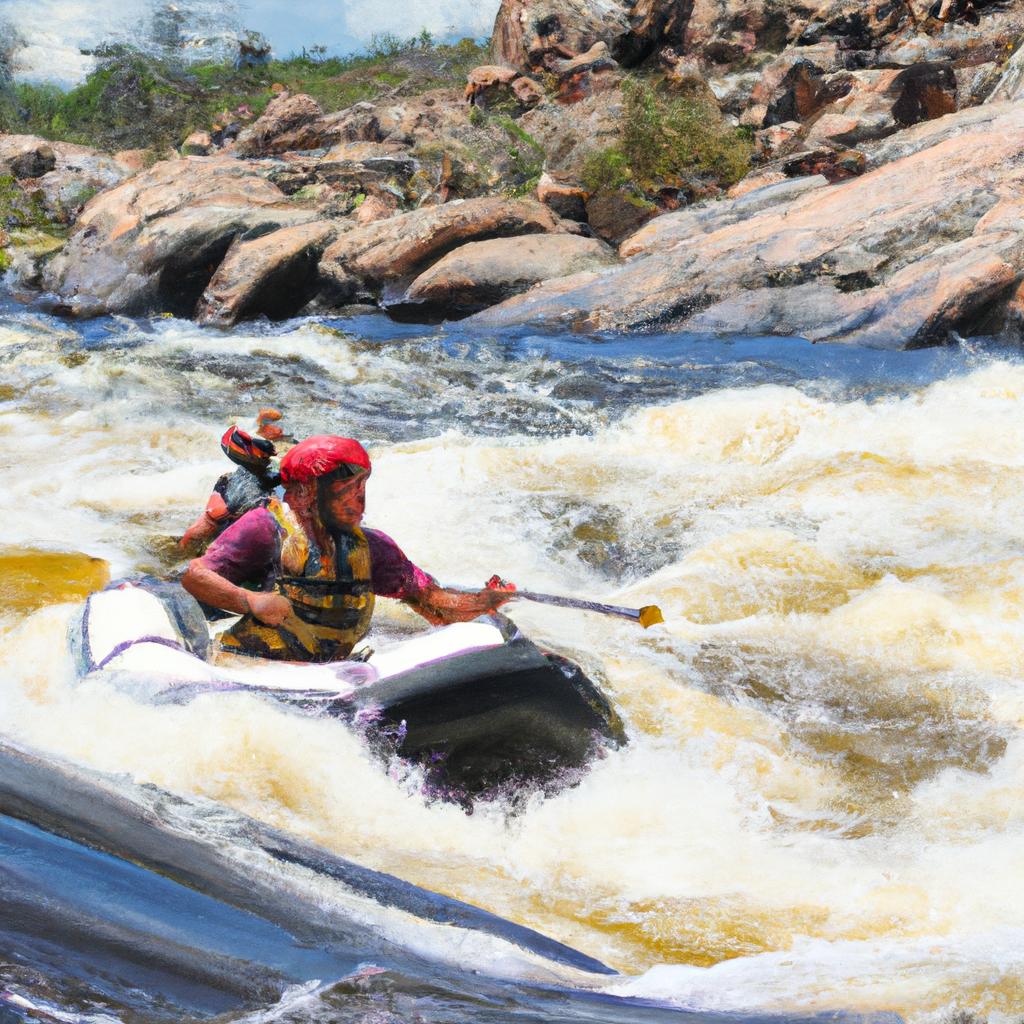
Are you searching for a fun and thrilling way to enhance your overall health and well-being? Look no further than white water rafting! This exhilarating sport offers a plethora of physical and mental health benefits, making it an excellent choice for individuals aiming to get fit and stay healthy.
Physical Benefits of White Water Rafting
One of the most notable advantages of white water rafting lies in the physical workout it provides. The sport demands significant physical exertion, from paddling through rapids to hauling yourself back into the boat if you happen to fall out. Engaging in white water rafting can result in an array of physical benefits, including:
- Improved cardiovascular health
- Increased strength and endurance
- Weight loss
- Enhanced balance and coordination
- Reduced risk of chronic diseases such as diabetes, heart disease, and obesity.
Mental Benefits of White Water Rafting
Apart from its physical advantages, white water rafting contributes to a variety of mental health benefits. The thrill of navigating through rapids and currents can be incredibly exhilarating, helping to reduce stress and anxiety. Additionally, rafting requires a high level of focus and concentration, which, in turn, can enhance cognitive function and memory.
Examples of Studies and Research on the Health Benefits of White Water Rafting
Numerous studies have explored the health benefits associated with white water rafting. For instance, a study published in the Journal of Recreation and Tourism Research found that rafting can lead to improved physical fitness, increased self-esteem, and reduced stress levels. Another study published in the Journal of Environmental Psychology discovered that rafting can foster greater connectedness to nature and improved overall well-being.
In conclusion, white water rafting offers an extensive array of physical and mental health benefits, making it a fantastic choice for individuals aiming to improve their well-being. Regardless of whether you are a beginner or an experienced rafter, there is no better time to engage in this thrilling activity and experience its undeniable thrill firsthand.
Environmental Impact
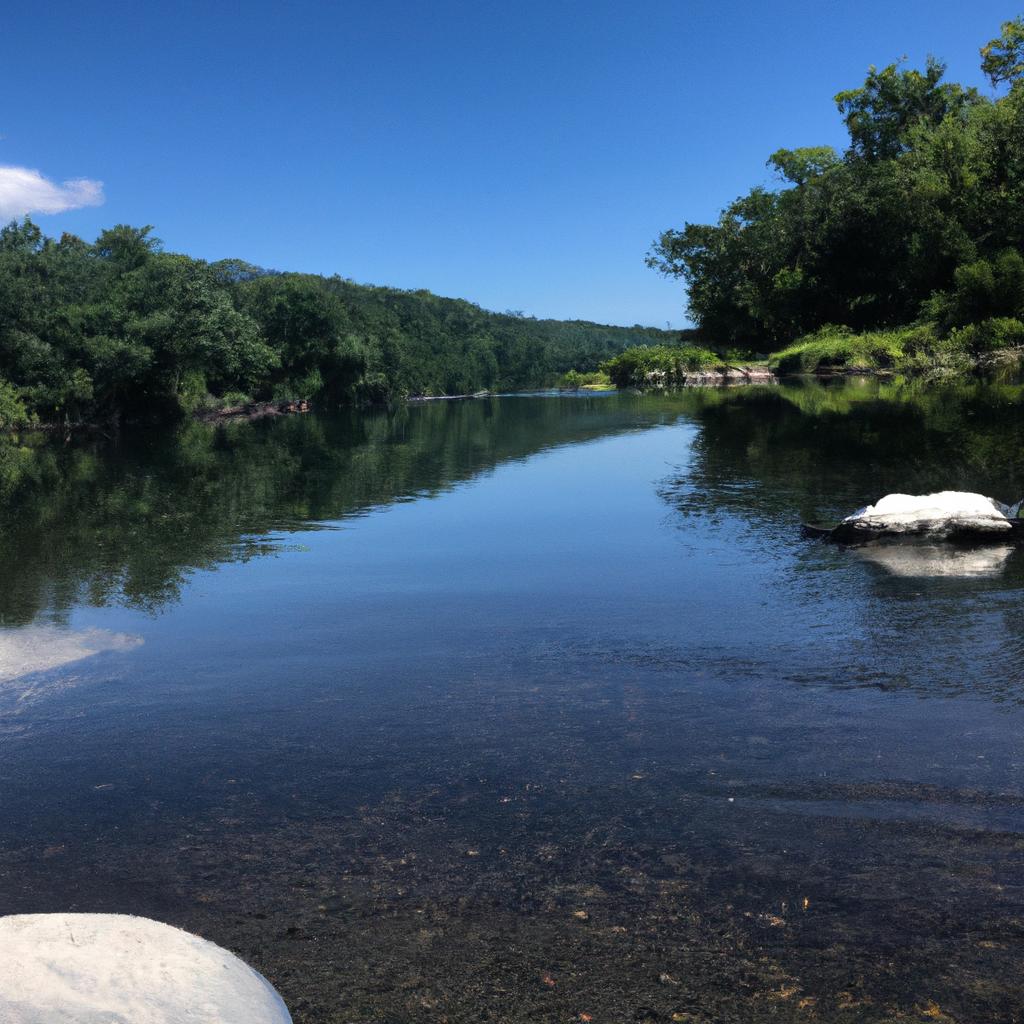
White water rafting is an adventure sport that allows you to intimately connect with the natural environment. However, it is essential to note that this activity can have an impact on the environment if not approached responsibly. In this section, we will explore the environmental impact of white water rafting, emphasizing sustainable practices and responsible tourism.
The Impact of White Water Rafting on the Environment
White water rafting, when conducted irresponsibly, can significantly impact the environment. Rafters can disturb the natural habitats of the wildlife inhabiting the river and its surroundings. Additionally, the physical impact of rafting can lead to erosion and pollution within the river.
However, it is worth noting that not all white water rafting activities are detrimental to the environment. In fact, many companies have taken steps to minimize their impact by adopting sustainable practices.
Sustainable Practices for White Water Rafting Companies
Numerous white water rafting companies have implemented sustainable practices to minimize their environmental impact. For instance, some companies utilize eco-friendly materials for their rafts and equipment. Others have established waste reduction and recycling programs to lessen their carbon footprint.
In addition, several companies collaborate with local conservation groups and government agencies to safeguard the natural habitats surrounding the river. By forging partnerships with these organizations, companies ensure their contribution to preserving the environment for future generations.
The Importance of Responsible Tourism in White Water Rafting
White water rafting is a popular activity that attracts tourists from around the world. However, it is important to acknowledge our collective responsibility to protect the environment and the communities we visit.
As a responsible tourist, you can contribute by selecting a white water rafting company that prioritizes sustainable practices and responsible tourism. Additionally, you can minimize your impact on the environment by adhering to the guidelines set by the company and respecting the natural habitats along the river.
To conclude, while white water rafting offers an exhilarating experience, it is crucial to be aware of its potential impact on the environment. By adopting sustainable practices and engaging in responsible tourism, we can ensure that white water rafting remains a thrilling adventure sport for generations to come.
Conclusion
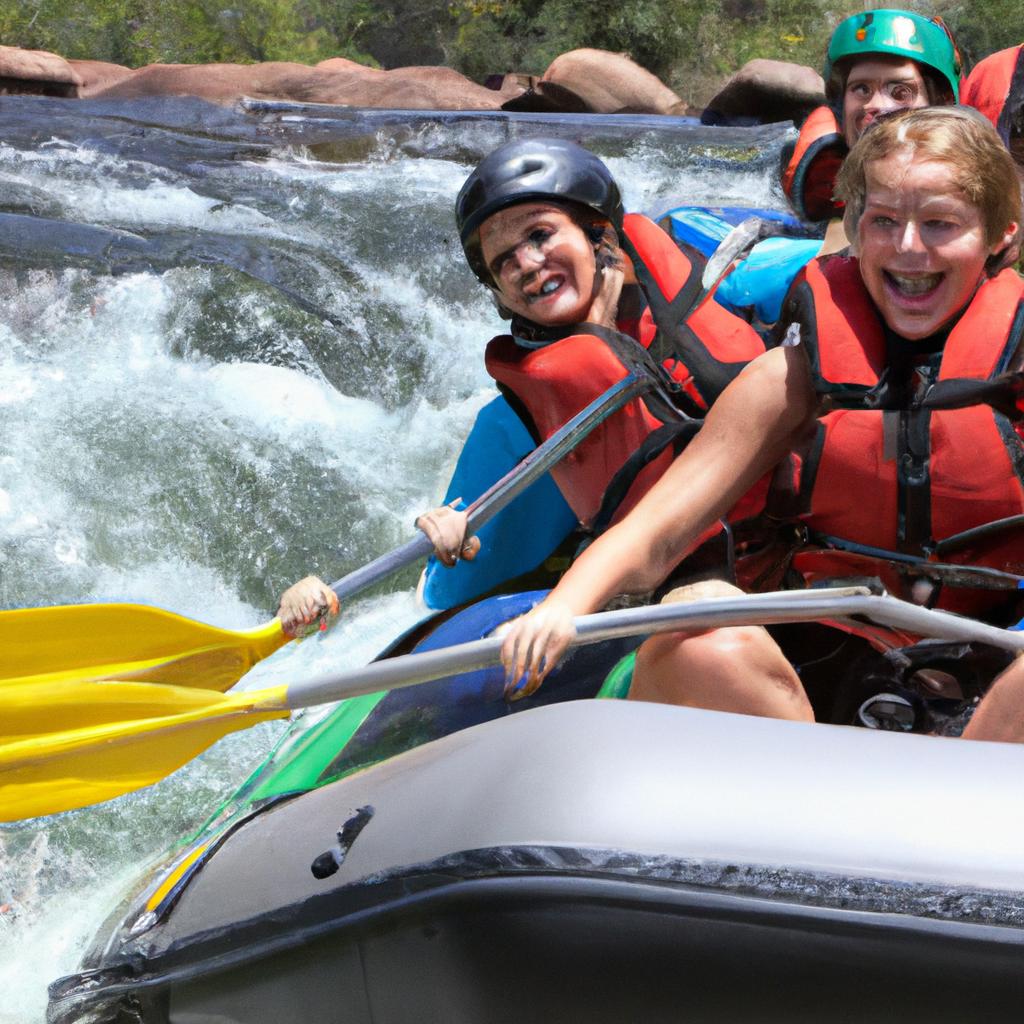
White water rafting is an invigorating activity that allows you to immerse yourself in the wonders of the great outdoors. Whether you are an experienced rafter or a novice, the benefits of this thrilling sport are abundant. Ranging from physical and mental challenges to the awe-inspiring natural scenery, white water rafting offers an adventure unlike any other.
However, safety should always remain a top priority when engaging in high-intensity activities. Prior to embarking on a white water rafting trip, familiarize yourself with the necessary equipment and safety guidelines. Additionally, select a reputable rafting company that employs trained and certified guides.
At TooLacks, we firmly believe that white water rafting presents an incredible opportunity to connect with nature, challenge yourself physically and mentally, and create unforgettable memories. We encourage you to give it a try and discover the thrill of this remarkable adventure sport for yourself. Visit TooLacks to embark on your white water rafting journey today.
